If you want to take the perfect photos of your new kitten, look no further! Here are nine tips to help you capture the cutest shots possible at your next kitten photoshoot.
Cats are elegant and confident, yet at the same time, they are also funny. Their curiosity and character make them prone to getting into impossibly ridiculous situations. This is why they are so popular as pets.
These traits also make taking kitten photos challenging. Unlike dogs, cats don’t follow instructions very well. Not only can’t you pose them, but you also need to be ready to take a photo in case they do something special. (Which they’ll probably not repeat).
You must have the equipment to take kitten pics and be ready to take photos.
The challenge of taking kitten photos is even greater because of their elusiveness. Their unpredictable rapid movements force us to have a high shutter speed, which means we must take care and have a good light source.
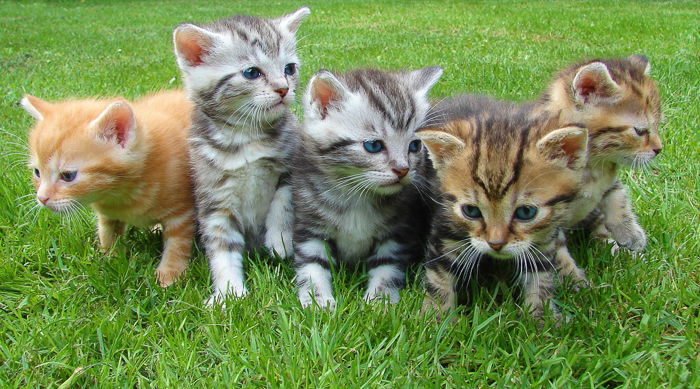
You can use your kitten’s inquisitive nature to get them to look where you want them to.
Cats respond readily to sensory stimulation like smells, sounds, lights, and movements. To get a cat to look at the camera, try making a bit of noise near the camera. You can whistle, snap your fingers, or crunch a paper bag.
Food smells can also be very attractive for a cat. You can hold or place some of the cat’s favorite snacks near you. But remember that the cat might want to eat the food, not just look at it.
Moving objects like feathers or cat toys will also get their attention. Different cats will react differently to stimulations. Get to know your subjects and adjust accordingly.
Sometimes, having a window open behind you is all you need. In other cases, you might need more than that. Using objects familiar to the cat usually gets a calmer reaction than introducing them to something new.
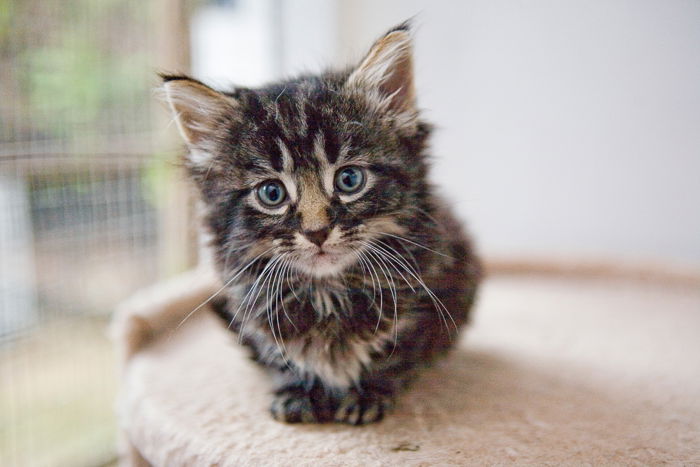
Pets don’t always do what you expect them to. You can train your pet, and then it will be easier. But kittens are too young. They’ve just started their training or not even that. It’s best to have an extra dose of patience with them.
Never get stressed or mad with them. Forcing them to do what you want will end up with bad results. Both you and the kitten will get stressed. These negative feelings are never good for creative pet portraits.
The best advice I will give you today is to be patient and open-minded about the photos you are taking. You can still take cute, unexpected photos even if the kitty is not behaving.

Kittens are unpredictable and move quickly, so setting the camera on autofocus is better. If you keep it in manual focus, it takes you longer to focus, and many of your photos will be blurry. Autofocus lets you set the focus point fast and get sharp kitten images.
Knowing where to set the focus point beforehand is important. You won’t have much time to think about it while the little cat moves around. The general recommendation is to focus on the eyes. This part of the kitten conveys emotions and connects strongly with the viewer.
You can also be creative. Take some close-ups focusing on the little paws or any other body part you like.
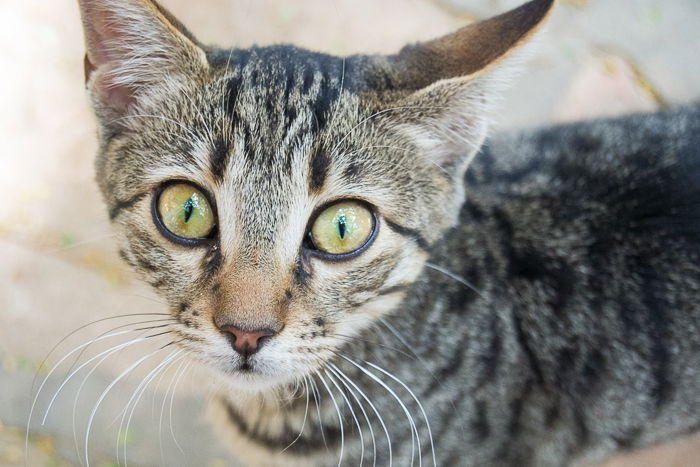
Another way to increase your chances of taking great kitten images is through continuous shooting mode. This is also known as Burst mode or continuous high-speed mode. Usually, you activate it by selecting it with a dial. It depends on your camera model, so check your manual first.
This shooting mode lets you take several images in quick succession. Even when the kitty moves, you have a better chance of having at least one good photo from the series.
Taking so many photos requires a lot of space on your SD cards, but it’s worth it. Just make sure to check the card before you start shooting. Stopping to delete photos is annoying.
When you transfer them to your computer, delete the blurry ones. This will help you save precious megabytes of storage.
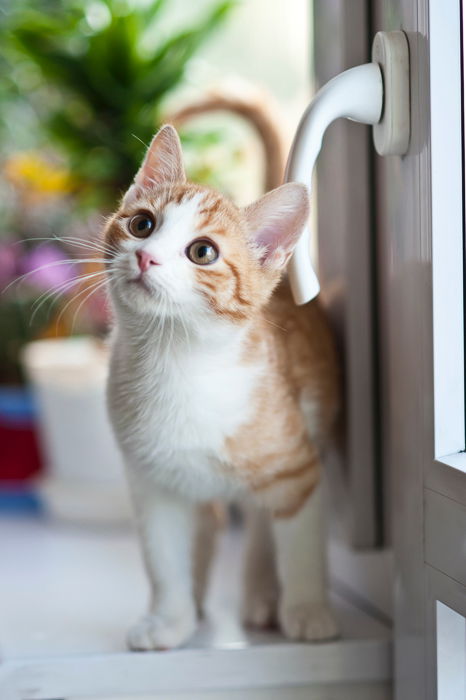
Setting your camera in semi-automatic shooting mode lets you take photos faster. These modes are extremely helpful when your subject is fast and unpredictable.
Aperture priority mode (TV, AV, or A in most cameras) lets you choose the aperture. The camera adjusts the shutter speed and the ISO (if you have it set to auto-ISO) for you. This means you must select the best aperture to keep the important details sharp in the image.
Low aperture values, f/1.4 to f/4, will give you a beautiful blurry background and a dreamy effect that is great for kitty portraits. But if the kitten moves slightly, you might end up with the whole animal blurry.
If you think the kitty will move, use higher aperture values. Remember that the camera will probably select slower shutter speeds to compensate for the light exposure. This is not always the best option when the animal is moving.
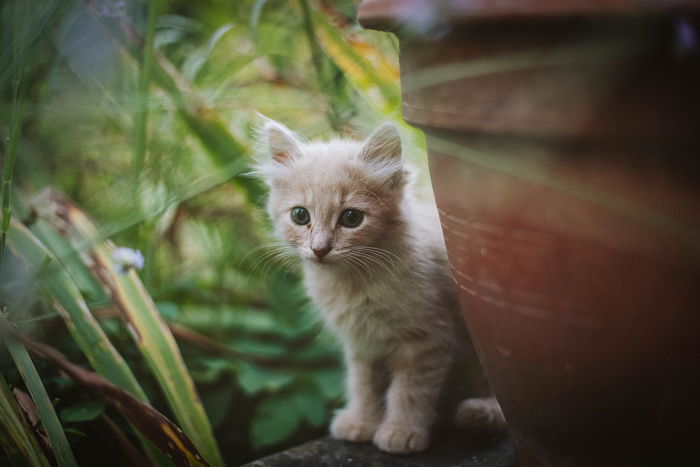
In this mode, you choose the shutter speed. With cats, keeping the speed above 1/250 s (seconds) is recommended. Your camera adjusts the aperture to get a well-exposed photo. This is great if you work in an environment with lots of light.
The aperture values will be low if you push the camera to use fast shutter speeds in low lighting. It’s also best to use high ISO values (more than 6400), and you might have a very grainy photo.
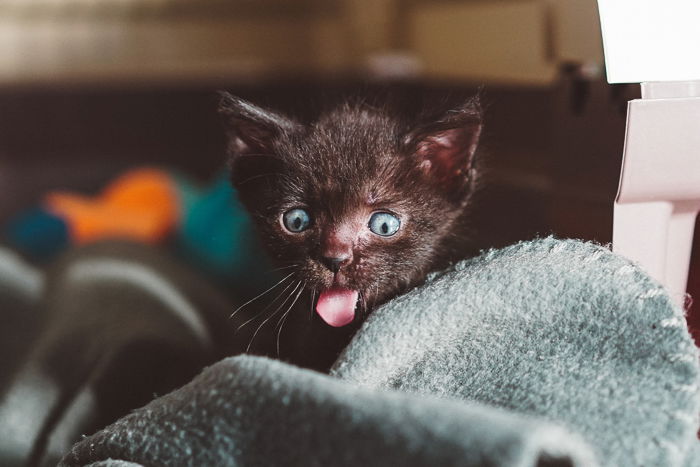
If you are shooting in a place with low light conditions, it is better to shoot in Manual mode. This lets you take underexposed photos to use a fast shutter speed and avoid low aperture values.
You might need to increase the ISO to compensate, but at least the cat is in focus. Later, you can increase the exposure in post-processing using Lightroom or other editing software.
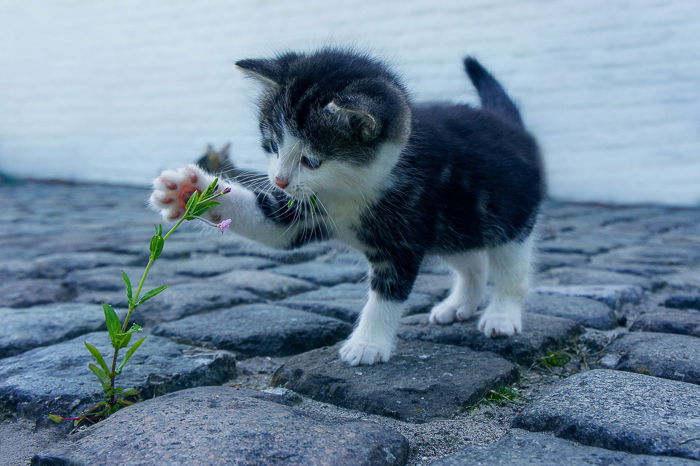
When shooting in low-light conditions, you might need an extra light source. The easiest solution is to use a flashgun. But some cats don’t like strong and sudden light, especially when unfamiliar with them.
They might get scared and run away. And if the kitten is very young, you can even damage their eyes.
Try an LED light if you can’t avoid using an extra light. You can set it at low intensity and increase it progressively when the kitten gets used to it. It is also a continuous light more similar to natural or artificial lights. There’s less chance you’ll scare the animal.

Kittens are small animals. If you shoot downward from your eye level, you emphasize their small size. You can also get interesting images if you shoot a close-up from this angle. But they will probably be distorted. So the kitten might look a bit funny.
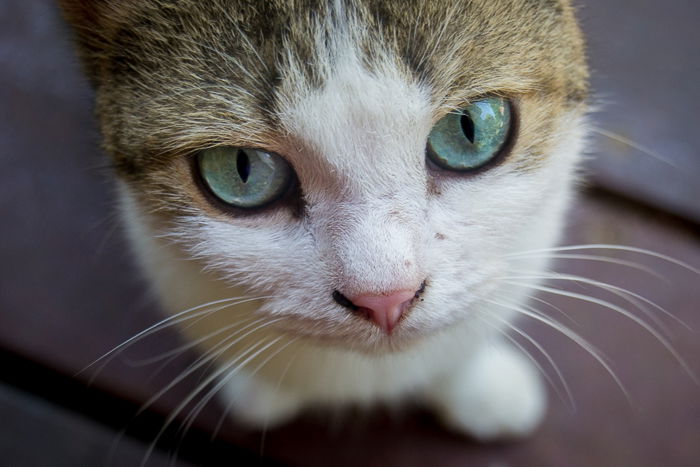 Getting to the kitten’s level makes the photos look more natural. It might be a bit challenging, but it is worth it for the interesting perspectives.
Getting to the kitten’s level makes the photos look more natural. It might be a bit challenging, but it is worth it for the interesting perspectives.

You can add variety to your kitten photos by including different image formats. Each type lets you emphasize one thing or tell a part of the story.
I usually avoid using a wide-angle lens for very wide shots. This type of photo includes a lot of the environment. You can use them to show where the kitten lives or likes to play. But kittens are so small that they will be barely noticeable in the image.
There are some exceptions, though. Suppose the kitten has some contrast with the environment, for example, because of its color. Then they will stand out, and the wide shot works well.
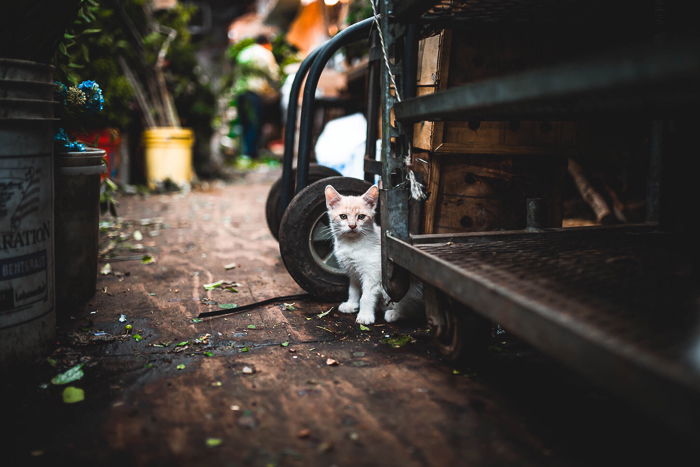
A great option for kittens is to get closer and take medium shots. The cat takes more of the frame than in wide-angle shots. It’s then very clear that the kitten is your main subject. The images still include a bit of the environment so the viewer can understand where the cat is.
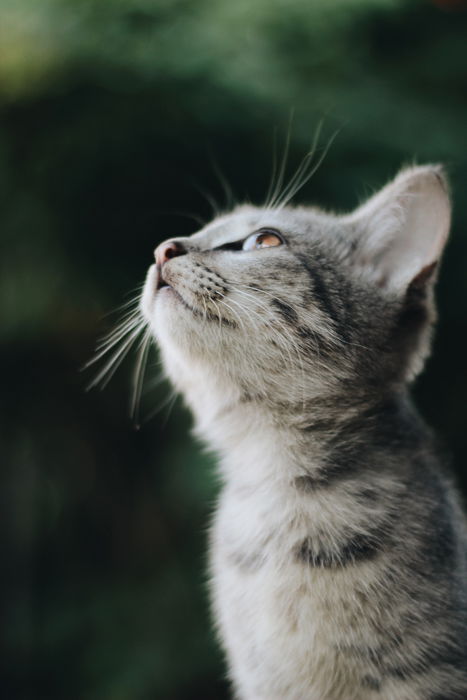
Close-up kitten portraits are great for emphasizing the pet’s beauty. You can focus on different body parts—their eyes, fur, and paws. You can use a zoom lens or get close to your kitten to take these shots.

Like cat photography, kitten photography is challenging but fun. Set your camera to shoot fast. Use your camera’s autofocus, and shoot in one of the semi-automatic modes if you have enough light. Also, use fast shutter speeds to avoid blurry images.
Be patient with the kitten and stay open-minded about unexpected results. Take photos of different scenarios, like the kitten playing, looking at the camera, or resting.
You can also change your perspective and take medium shots and close-ups to add more variety to your images. And please share your cutest kitten pictures with us in the comments section below!
